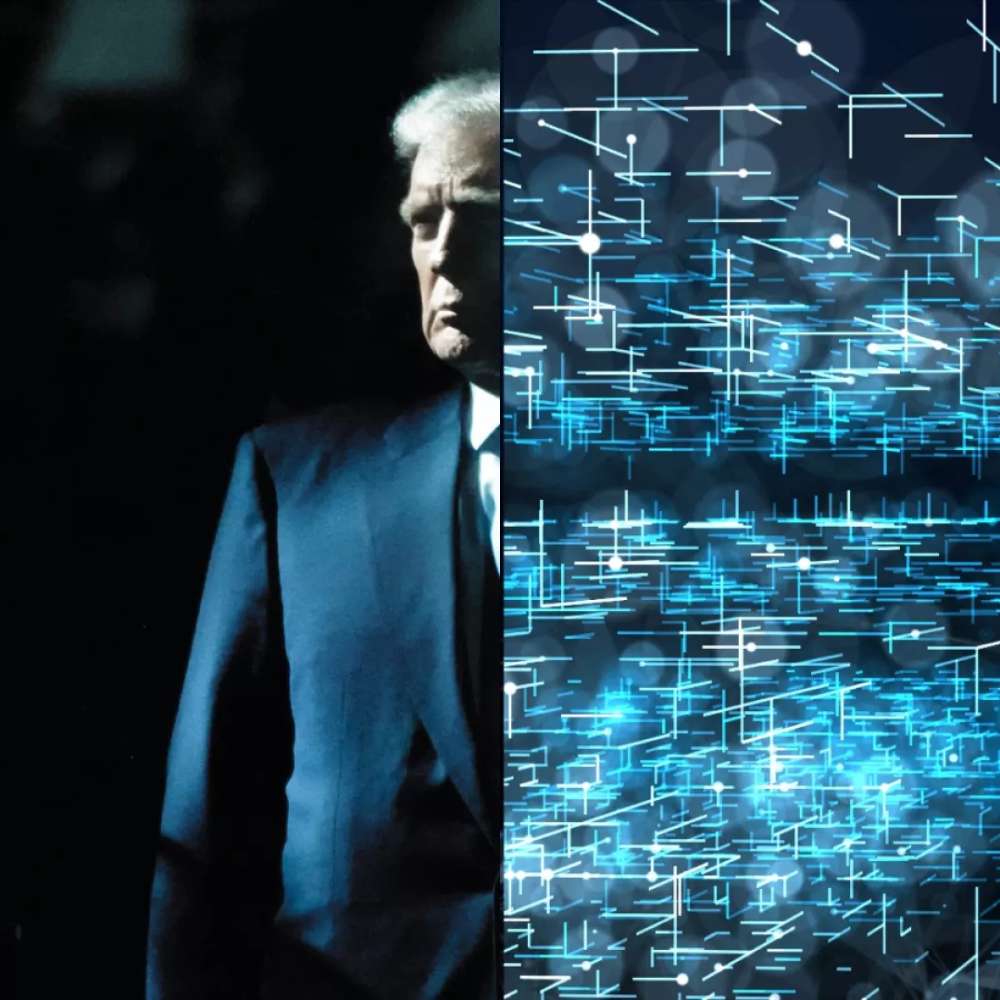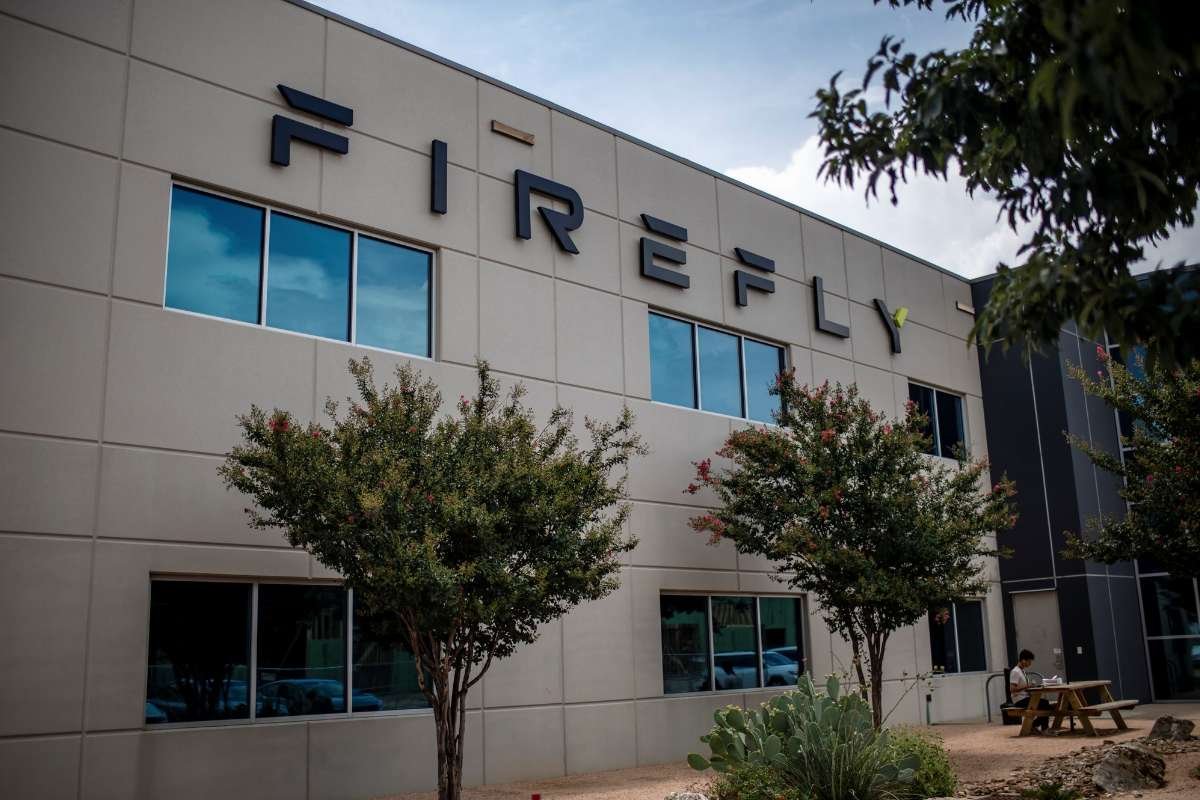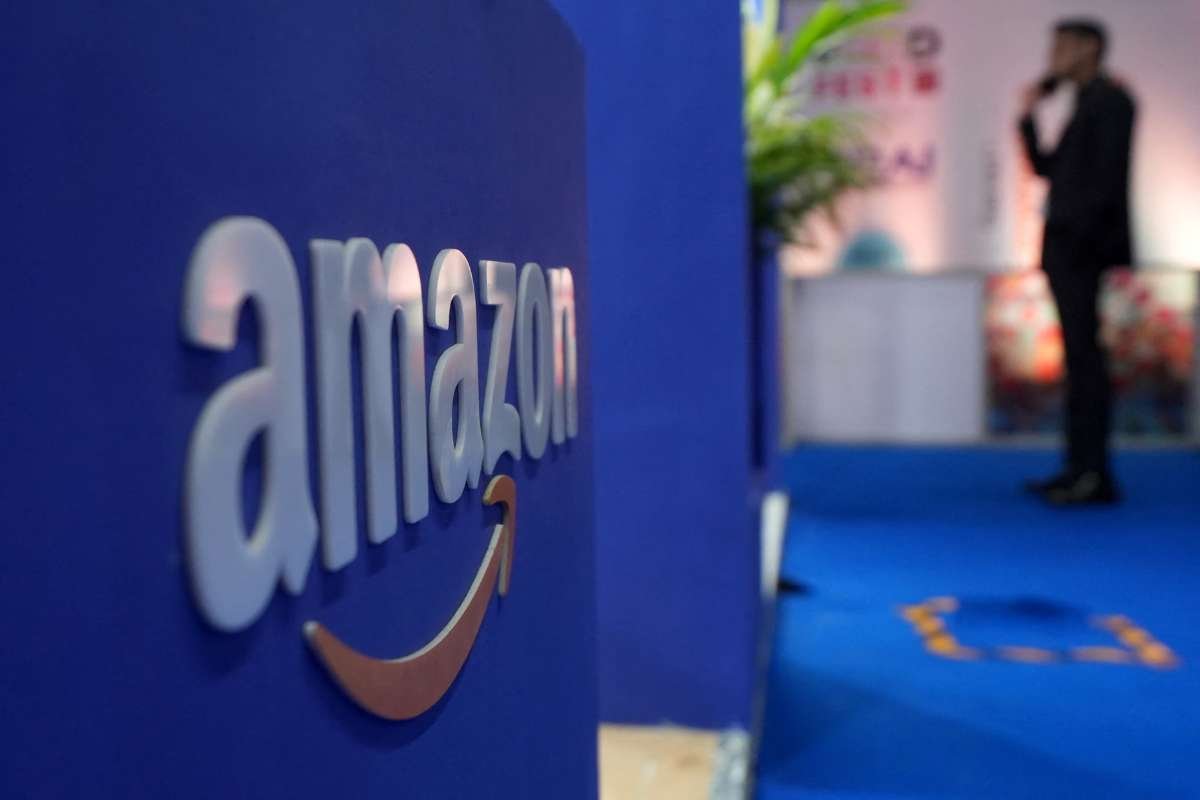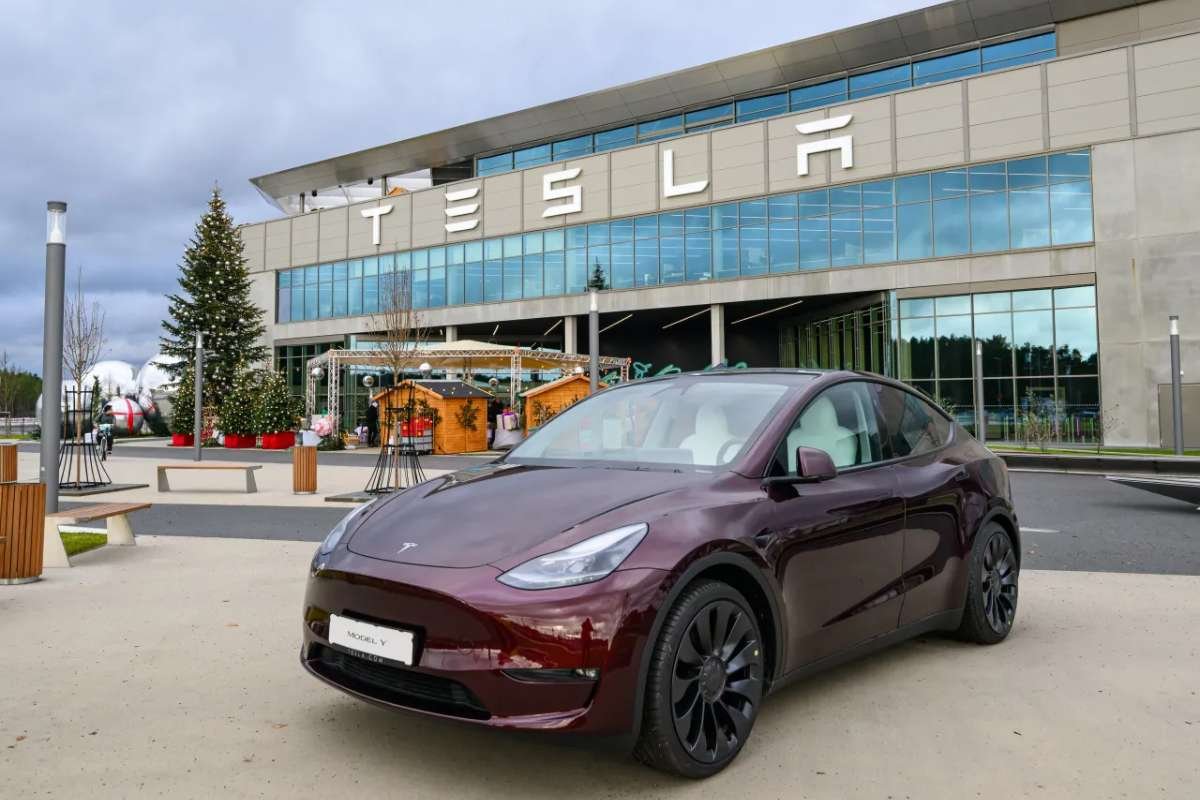As Donald Trump’s second administration begins to take shape, questions are being raised about the future of artificial intelligence (AI) in the United States. With plans to repeal Biden-era executive orders and a mix of regulatory and anti-regulatory voices within his inner circle, Trump’s stance on AI could reshape the industry’s trajectory.
Repealing Biden’s AI Executive Order
During his campaign, Trump provided limited details about his vision for AI but criticized a Biden-era executive order on AI for hindering innovation and promoting ideologies that he opposes. The Republican Party pledged to repeal this executive order and instead focus on AI policies that promote free speech and human development.
The executive order signed by Biden in 2023 outlined frameworks for using AI in national security and strategies to address how AI impacts access to government programs like welfare, housing, and healthcare. If Donald Trump’s second administration repeals this order, he may introduce his own version, which could incorporate elements of his 2020 executive order that emphasized trustworthy AI principles like accountability, transparency, and reliability.
Experts believe this move could face resistance from technology companies that found Biden’s executive order helpful in providing clarity about AI use and development. Removing this framework might create uncertainty, which could impact both innovation and regulation in the industry.
The Future of AI Risk Research
One key component of Biden’s executive order was the establishment of the US AI Safety Institute, an independent body tasked with researching risks associated with AI and promoting safe adoption practices. This institute has been pivotal in pushing major companies to disclose their risk evaluation frameworks and has worked on pre-release testing of AI systems to ensure they do not generate harmful or misleading content.
If Donald Trump’s second administration eliminates the executive order, the future of the AI Safety Institute would be uncertain. Some experts suggest that countries like Canada, the UK, and Australia, which have their own AI safety institutes, could fill the gap left by its potential closure in the US. However, this shift could hinder American leadership in global AI safety research.
President Biden could take steps to protect the AI Safety Institute by entrenching it in legislation before his term ends, but it remains unclear if this will happen.
Balancing Regulatory and Anti-Regulatory Voices
Trump’s approach to AI will also be influenced by the individuals he surrounds himself with. His inner circle includes a mix of proponents and opponents of AI regulation.
One prominent voice for regulation is Elon Musk, who has been tapped to co-lead a new Department of Government Efficiency (DOGE). Musk has expressed concerns about the catastrophic risks posed by AI and has supported initiatives to hold developers accountable for the potential negative impacts of their systems. Vivek Ramaswamy, another advocate for regulation, has likened AI accountability to environmental responsibility, emphasizing that developers should bear liability for AI systems that harm others.
On the other side of the debate, Vice President-Elect JD Vance opposes AI regulation, arguing that it stifles innovation and creates barriers for new companies. Marc Andreessen, a leading Silicon Valley venture capitalist, also aligns with this view, describing regulation as a threat to technological progress.
Implications for AI Development
The composition of Trump’s team and his policy decisions will significantly impact the future of AI in the US. Repealing existing frameworks without clear replacements could create uncertainty for businesses and developers, while a lack of regulation might increase risks associated with unchecked AI systems.
The administration’s focus on military applications of AI and integrating AI into government operations signals that Trump sees the technology as a critical tool for national development. However, balancing innovation with safety will be a key challenge, especially as the global AI race intensifies.
As Donald Trump’s second administration unfolds, the direction of US AI policy will likely hinge on how his administration navigates the competing priorities of innovation, regulation, and ethical responsibility. The decisions made in the coming months could shape the future of AI for years to come.







